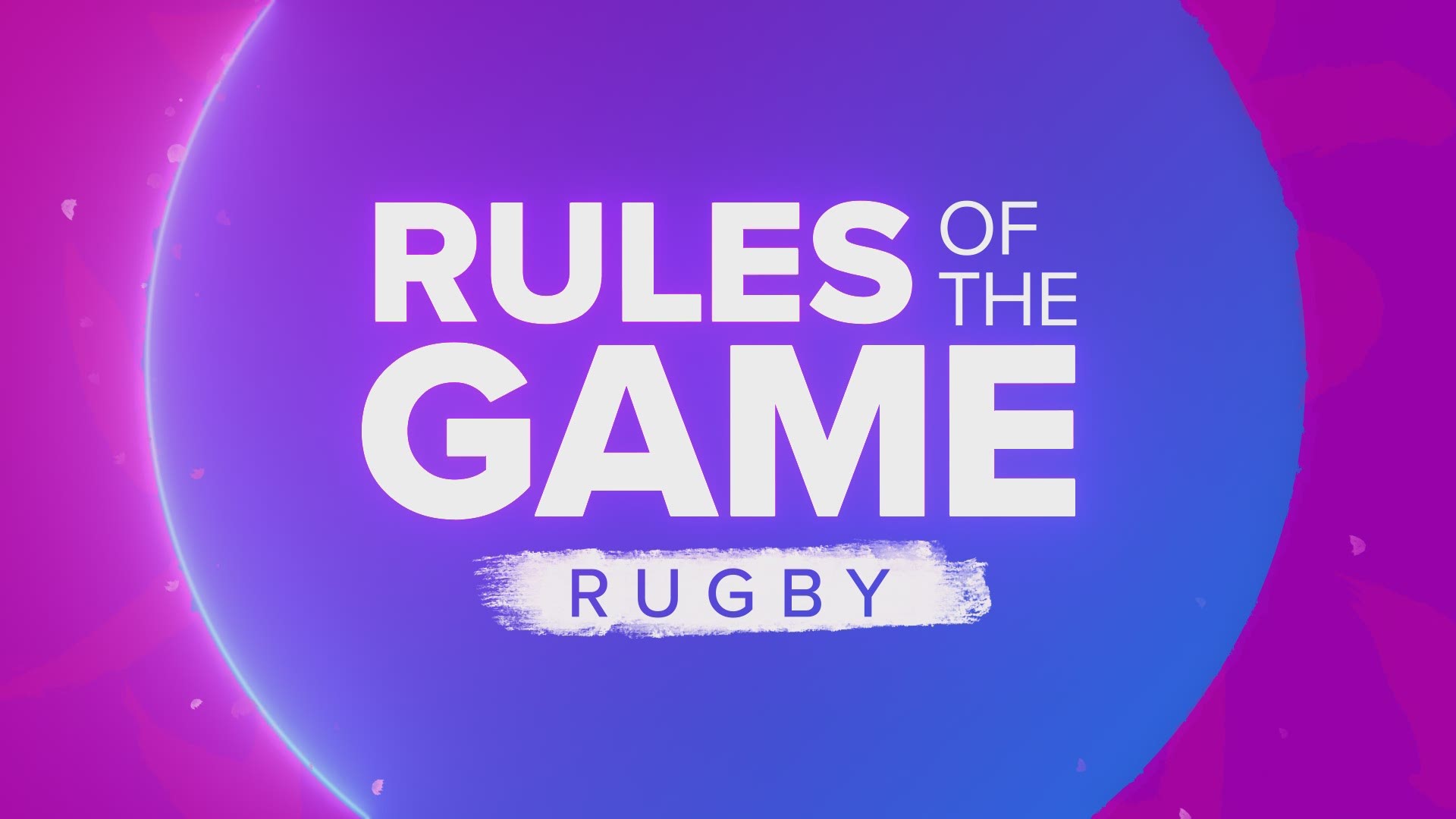You may have seen it played at your local park, school or might have watched the 2009 Matt Damon film "Invictus." But how well do you know the rules of rugby? In many ways, it's like American football without the helmet and pads.
A rugby field is 100 meters long from goal line to goal line. Each team has 15 players. There are two 40-minute halves. The team with the most points at the end wins.
There are four ways to score. A "try" is worth five points. This occurs when a player runs the ball into the goal area and puts it on the ground. Unlike football, just getting the ball over the goal line is not enough. There must be clear control with the player demonstrating he or she is pressing the ball toward the ground with their hand or body.
After a "try," the player gets a chance at a "conversion" worth two points. The player must drop the ball and it must touch the ground before it is kicked through the goal posts.
A "drop goal" is worth three points and it’s similar to a conversion. At any time during the game, rather than attempting a "try," a player can kick the ball through the goal posts for a drop goal. Penalty kicks are also performed like drop goals with three points being awarded.
The ball can be advanced by running with it or kicking it, but passes between players must go backward. Passing the ball forward, or even deflecting it -- called a "knock on" -- is not allowed.
A forward pass or a "knock on" results in a scrum. This is that thing you see in rugby when all the players from both teams seem to perform a giant 30-person wrestling match as they are all linked together in a circle. One player rolls the ball underneath them and they try to gain possession.
If a player is tackled, they must immediately let go of the ball to keep the flow of the game going. That means any team can scramble for it and gain possession. Players will often push players from the opposing team away or to the ground while a teammate goes for the ball. As long as the ball continues to be on the ground, this is called a ruck.
Then there is a maul, which is like a ruck by the ball carrier is still standing up. A maul can eventually turn into a scrum.
"In touch" means the ball has gone out of bounds. After an "in touch," you can have a "line out." This looks very much like a throw-in in soccer combined with a tip-off in basketball. The players line up one meter apart and try to gain possession of the ball as it is lobbed into the air between them. Players can lift each other into the air to help earn possession.
There are no rules for time of possession, so a team could conceivably control the ball for the entire game.

